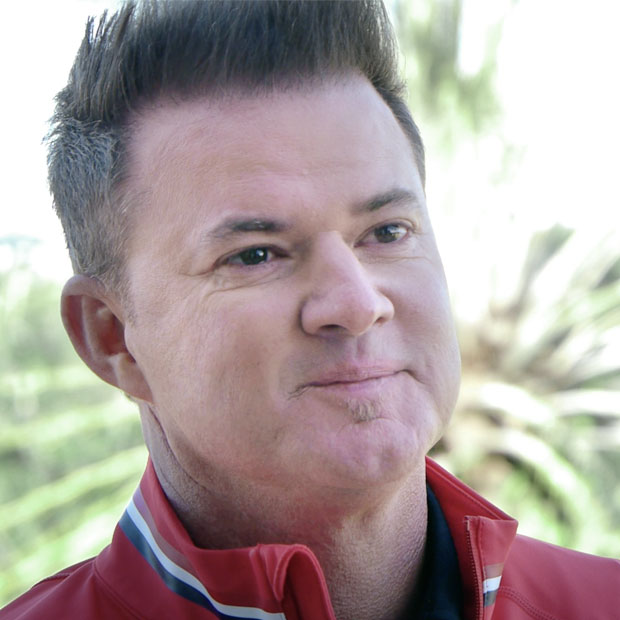Cervical Disc Replacement surgery is a minimally invasive spinal surgery that is used to treat degenerated and damaged discs in the spine. In this procedure, the damaged disc is removed and replaced with an artificial disc. Replacing the degenerated disc with an artificial disc preserves the natural structure and height of the spine and also restores fluid movement and flexibility. The goal of this surgery is to preserve motion and ensure patients can return to activities.
Cervical Disc Replacement
Learn How Total Disc Replacement Surgery Can Be an Alternative to Spinal Fusion
Watch The VideoLearn About Recovery from Cervical Total Disc Replacement
Watch The VideoWho is a good candidate for Cervical Disc Replacement?
Currently, cervical disc replacement is performed in select patients with cervical stenosis or cervical disc herniation whose pain, weakness or disability fails to respond to conservative treatment. Not everyone is a candidate for disc replacement surgery. A consultation with a surgeon who is trained in both spine fusion techniques and disc replacement technology is the best way to determine the most appropriate surgical option for each patient.
When is surgery recommended for Cervical Disc Replacement?
Surgery may be recommended if you have worsening pain or weakness in your neck, shoulders, arms or hands resulting from a herniated or diseased disc that limits your everyday activities, and conservative measures have failed. If you are having worsening neurologic issues such as worsening balance and fine motor movements in your hands, you should consider surgery. The type of surgery recommended depends on many factors including your overall health, the location and severity of your cervical disc disease, and your pain and disability.
What is the recovery time for Cervical Disc Replacement?
Because cervical disc replacement avoids spinal fusion, it typically results in a faster recovery. However, as with all surgical procedures, specific recovery time varies by patient and demand. Pain is often dramatically improved immediately following surgery, while other symptoms such as numbness and weakness typically improve over time. Most patients are able to go home the next day. A post-operative neck collar is not usually needed. The majority of patients return to light work within a week or two and are back to full activities and sports within days to weeks.
Cervical Disc Replacement in Saint Louis, Missouri
At Disc Replacement Center of Saint Louis, we offer a variety of surgical and nonsurgical treatment options for degenerative disc disease, including cervical disc replacement. If you would like to learn more about cervical disc replacement or would like to schedule an evaluation to find out if you are a candidate, please contact our office at (314) 932-6486.
prodisc C Cervical Disc by Centinel Spine
Granted premarket approval in 2007, the prodisc C is the ‘workhorse’ of artificial discs, designed to maintain the physiologic range of motion in the spine at one level from C3 to C7. Composed of three components – two cobalt chrome alloy endplates and an ultra-high molecular weight polyethylene inlay – it’s the first to be FDA-approved for cervical use. As one of the most widely-used discs, the prodisc C is available in six different sizes and can be easily configured based on patient anatomy.

Patient Stories: Loren Vandergriff
“This surgery changed my life significantly … I would say I’m a huge advocate for a disc replacement because my outcome has been so positive in so many ways.”

Patient Stories: Joe LaMotta
Joe regained his life after debilitating neck, shoulder, and arm pain nearly destroyed it—but his story wasn’t unique. Learn how he rediscovered his active lifestyle after surgery with the prodisc Total Disc Replacement.
.jpg)
Patient Stories: Rory Sabatini
“I probably feel better today than when I was 30 years old! Since having prodisc implanted, I have no issues with my neck and have full range of motion.”

Patient Stories: Brian Gay
“People are amazed at my recovery and how quickly I was able to get back to my personal and professional activities. As a professional golfer, I had confidence in the prodisc system based on its inherent stability and long-term history of success. Stability was especially important considering my extensive physical activities.”

Patient Stories: Robert Masson
“I’ve been an advocate of prodisc from the very beginning. Being a patient myself, I understand what the journey is like. This procedure allows my patients to return to their lives.”